Pediatric PRIMARY CARE Practice Guidelines for NursesSECOND EDITION Edited byBeth Richardson, PhD, RN, CPNP, FAANP Professor Emeritus
Edited byBeth Richardson, PhD, RN, CPNP, FAANP Professor Emeritus
School of Nursing
Indiana University
Pediatric Nurse Practitioner
HealthNet, Inc.
Indianapolis, Indiana  JONES & BARTLETT L E A R N I N G World Headquarters
JONES & BARTLETT L E A R N I N G World Headquarters
Jones & Bartlett Learning
5 Wall Street
Burlington, MA 01803
978-443-5000
www.jblearning.com Jones & Bartlett Learning books and products are available through most bookstores and online booksellers. To contact Jones & Bartlett Learning directly, call 800-832-0034, fax 978-443-8000, or visit our website, www.jblearning.com. Substantial discounts on bulk quantities of Jones & Bartlett Learning publications are available to corporations, professional associations, and other qualified organizations. For details and specific discount information, contact the special sales department at Jones & Bartlett Learning via the above contact information or send an email to . Copyright 2013 by Jones & Bartlett Learning, LLC, an Ascend Learning Company All rights reserved. No part of the material protected by this copyright may be reproduced or utilized in any form, electronic or mechanical, including photocopying, recording, or by any information storage and retrieval system, without written permission from the copyright owner.
The authors, editor, and publisher have made every effort to provide accurate information. However, they are not responsible for errors, omissions, or for any outcomes related to the use of the contents of this book and take no responsibility for the use of the products and procedures described. Treatments and side effects described in this book may not be applicable to all people; likewise, some people may require a dose or experience a side effect that is not described herein. Drugs and medical devices are discussed that may have limited availability controlled by the Food and Drug Administration (FDA) for use only in a research study or clinical trial. Research, clinical practice, and government regulations often change the accepted standard in this field. When consideration is being given to use of any drug in the clinical setting, the health care provider or reader is responsible for determining FDA status of the drug, reading the package insert, and reviewing prescribing information for the most up-to-date recommendations on dose, precautions, and contraindications, and determining the appropriate usage for the product.
This is especially important in the case of drugs that are new or seldom used. Production Credits
Publisher: Kevin Sullivan
Acquisitions Editor: Amanda Harvey
Editorial Assistant: Sara Bempkins
Production Editor: Amanda Clerkin
Associate Marketing Manager: Katie Hennessy
Associate Photo Researcher: Lauren Miller
V.P., Manufacturing and Inventory Control: Therese Connell
Composition: Laserwords
Cover Design: Kristin E. Parker Cover Images: Rmarmion/Dreamstime.com, Morgan Lane Photography/ShutterStock, Inc., michaeljung/ShutterStock, Inc., Sergii Teplov/Dreamstime.com Printing and Binding: Malloy, Inc.
Cover Printing: Malloy, Inc. Library of Congress Cataloging-in-Publication Data Pediatric primary care: practice guidelines for nurses / [edited by] Beth Richardson.2nd ed. p. Rev. ed. of: Practice guidelines for pediatric nurse practitioners / [edited by] Beth Richardson. of: Practice guidelines for pediatric nurse practitioners / [edited by] Beth Richardson.
Includes bibliographical references and index.
ISBN-13: 978-1-4496-0043-3
ISBN-10: 1-4496-0043-3 1. Pediatric nursing. I. Richardson, Beth, CPNP. II. [DNLM: 1. [DNLM: 1.
Pediatric Nursingmethods. 2. Primary Care Nursing. 3. Child. Infant. 5. 5.
Nurse Practitioners. WY 159] RJ245.P73 2012
618.92'00231dc23 2011023318 6048 Printed in the United States of America
15 14 13 12 11 10 9 8 7 6 5 4 3 2 1 Contents ) ) ) ) ) ) ) ) ) ) ) ) ) Preface Pediatric Primary Care: Practice Guidelines for Nurses can be used as a resource for a variety of information including treatment strategies. It is divided into three sections. The first section includes taking a medical history with a family seen for the first time, taking an interval history, newborn rounding, and breastfeeding. Well-child visits are included along with information about nutrition, elimination, sleep patterns, growth and development, and injury prevention. The second section is organized by body system and is written in outline format, making it easy to read and find information quickly.
Common medical conditions are presented with information about etiology, occurrence, clinical manifestations, physical findings, diagnostic tests, differential diagnosis, treatment, follow up, complications, and patient/family education. The third section (the Appendices) includes common medications used in pediatrics, and information is provided about common uses, availability, adverse effects, and nursing implications. The Appendices provide several charts, including growth charts, BMI, asthma guidelines, and fluoride dosing. The charts are to be used to locate needed information quickly. BETH RICHARDSON Acknowledgments I would like to thank my children, Jason and Sarah; my grandchildren, Caroline and Darren; my friends; and all the students I've had the privilege of meeting. Thank you for teaching me.
To students, friends, and colleaguesthank you for all you do in caring for children. Contributors Mary J. Alvarado, MSN, RN, CPNP Pediatric Nurse Practitioner
HealthNet, Inc.
Indianapolis, Indiana Patricia Clinton, PhD, ARNP, PNP, FAANP Clinical Professor & Assistant Dean for Graduate Programs
University of Iowa College of Nursing
Iowa City, Iowa Karen M. Corlett, RN, CPNP-AC/PC Pediatric Nurse Practitioner
Cardiac Intensive Care Unit
Children's Medical Hospital
Dallas, Texas Mary Jo Eoff, MSN, RN, CPNP Clinical Associate Professor
School of Nursing
Indiana University
Indianapolis, Indiana Amy L. Feldman, MSN, RN, CPNP, IBCLC, CIMI Nurse Consultant
Early Intervention
Shapiro Center for Infant Development
East Orange, New Jersey Jane A. Fox, EdD, PNP-BC Professor
School of Nursing
University of North Carolina Wilmington
Wilmington, North Carolina Linda S.
Gilman, EdD, RN, CPNP Associate Professor Emeritus
School of Nursing
Indiana University
Pediatric Nurse Practitioner
HealthNet, Inc.
Indianapolis, Indiana Donna Hallas, PhD, PNP-BC, CPNP, FAANP Clinical Associate Professor
Director of PNP Program
College of Nursing
New York University
New York, New York Betsy Atkinson Joyce, EdD, MSN, CPNP Pediatric Nurse Practitioner
Northpoint Pediatrics
Associate Professor Emeritus
School of Nursing
Indiana University
Indianapolis, Indiana Susan J. Kersey, PMHCNS-BC Child/Adolescent/Mental Health Clinical Nurse Specialist
Wabash Valley Alliance
Lafayette, Indiana
Lecturer Purdue University School of Nursing
West Lafayette, Indiana Shelly J. King, MSN, RN, CPNP Pediatric Nurse Practitioner
Director of Children's Continence Center and Pediatric Urology
Riley Hospital for Children
Indianapolis, Indiana Julie LaMothe, RN, MSN, CPNP, PNP Riley POWER Clinic
Riley Hospital for Children
Indianapolis, Indiana Marti Michel, MSN, CPNP, CNS, RN, AE-C Pediatric Nurse Practitioner
Indiana University Health
Indianapolis, Indiana Kristin Miller, MSN, RN, CPNP Pediatric Nurse Practitioner
Pediatric Neurology
Next page


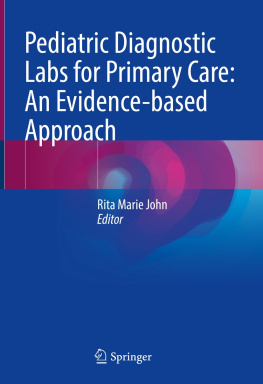
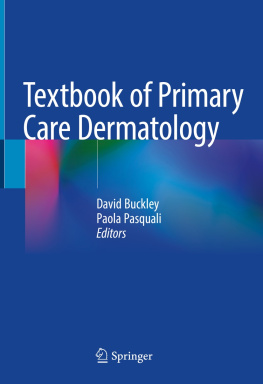
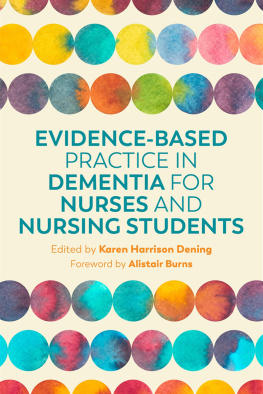

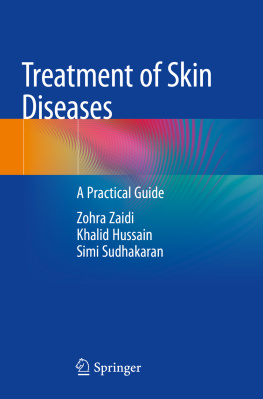
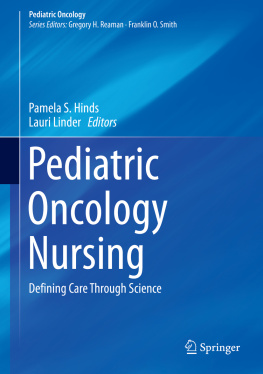
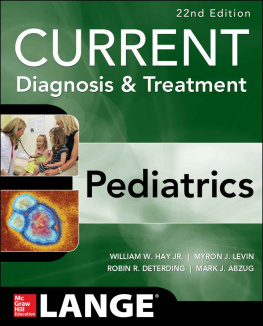
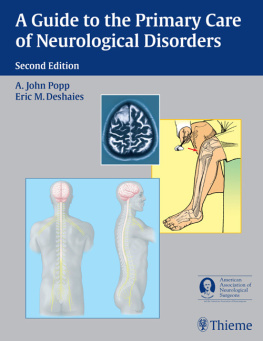
 Edited byBeth Richardson, PhD, RN, CPNP, FAANP Professor Emeritus
Edited byBeth Richardson, PhD, RN, CPNP, FAANP Professor Emeritus JONES & BARTLETT L E A R N I N G World Headquarters
JONES & BARTLETT L E A R N I N G World Headquarters